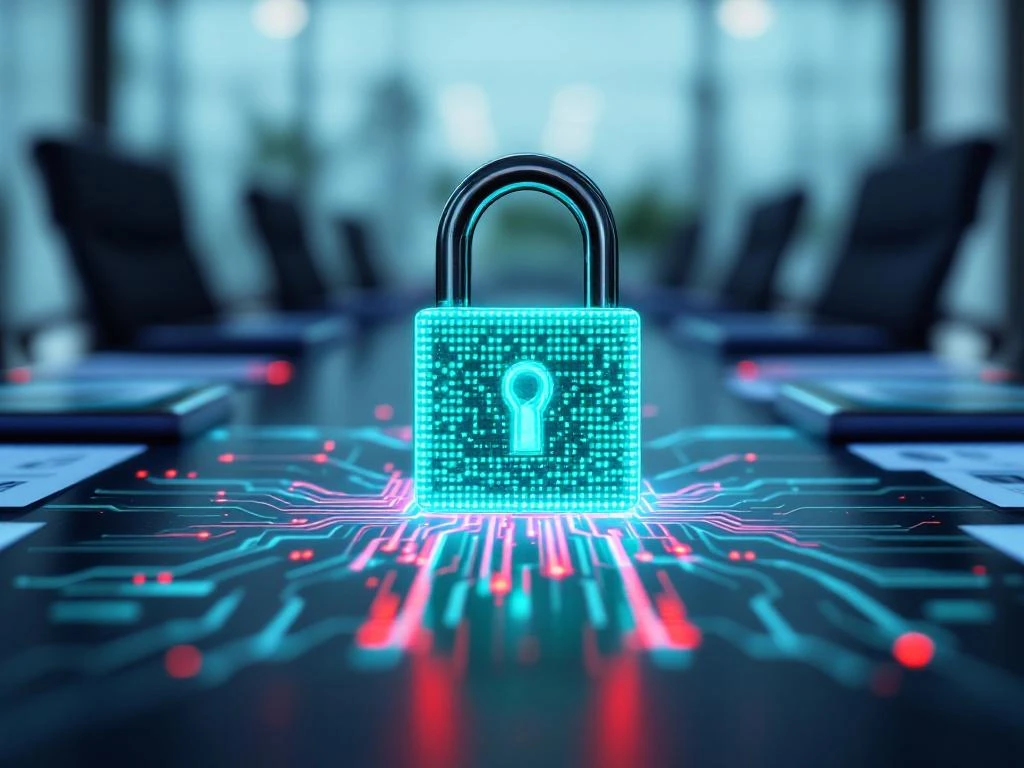General counsels face a unique challenge in today’s legal landscape. Traditional hiring practices work well for conventional legal roles, but they often miss the mark when you need lawyers who can collaborate effectively with AI teams. The legal profession is evolving rapidly, and the lawyers who thrive in tomorrow’s organisations will be those who can bridge the gap between legal expertise and technological innovation.
This shift isn’t just about understanding technology. It’s about finding legal professionals who can think differently, communicate across disciplines, and adapt to new workflows. The lawyers you hire today will shape how your organisation navigates the intersection of law and artificial intelligence.
We’ll explore why standard recruitment approaches fall short, what specific skills you should look for, how to identify truly AI-ready candidates, and how to set them up for success from their first day.
Why traditional legal hiring falls short for AI-enabled organisations
Most legal recruitment focuses on credentials, years of experience, and subject matter expertise. These factors matter, but they don’t predict how well a lawyer will work alongside data scientists, machine learning engineers, or cybersecurity professionals.
Several key factors explain why conventional hiring approaches create mismatches:
- Educational emphasis mismatch – Traditional legal education emphasises precedent, careful analysis, and risk mitigation, which can create blind spots when working with AI teams that require rapid iteration and innovation
- Limited interview scope – Standard interviews centre on legal knowledge and case experience but rarely assess cross-functional collaboration, technical communication, or comfort with uncertainty
- Vague job descriptions – Typical postings list legal requirements but ignore collaborative aspects, using unclear phrases like “technology-friendly” that fail to attract suitable candidates
- Cultural disconnect – Many hiring managers underestimate the shift from traditional legal culture’s deliberate approach to AI teams’ iterative, experimental workflows
- Risk assessment gaps – Conventional legal training focuses on known precedents, while AI work often requires navigating novel applications without established case law
These limitations create a fundamental problem: you end up with lawyers who excel in traditional legal work but struggle in dynamic, technology-driven environments. The result is often friction between teams, slowed innovation, and missed opportunities where legal guidance could actually enable rather than constrain AI initiatives.
What skills legal professionals need to work with AI teams
Success in AI-integrated legal roles requires a specific combination of technical understanding, communication abilities, and collaborative mindset:
- Conceptual technical fluency – Understanding how AI systems work without needing to code, including grasping training data, model bias, algorithmic decision-making, and limitations of different AI approaches
- Translational communication – Converting complex regulatory requirements into actionable guidance for technical teams while explaining legal risks in terms engineers and data scientists can address
- Collaborative problem-solving – Moving beyond independent legal analysis to actively contribute to brainstorming sessions, technical discussions, and solution development
- Adaptive expertise – Maintaining comfort with ambiguity and developing practical approaches when clear precedents don’t exist in rapidly evolving AI technology and regulation
- Recalibrated risk assessment – Evaluating risks based on legal principles rather than specific precedents when dealing with novel AI applications
- Strategic business acumen – Understanding AI initiatives’ business objectives to provide relevant guidance that navigates regulatory requirements without losing sight of competitive goals
These skills represent a significant departure from traditional legal competencies. The most effective legal professionals in AI environments combine deep legal knowledge with genuine curiosity about technology and a collaborative approach to problem-solving that enhances rather than constrains innovation.
How to identify AI-ready legal talent during recruitment
Identifying candidates who can truly excel in AI-integrated roles requires moving beyond standard legal interviews to assessment methods that reveal collaborative and technical aptitude:
- Scenario-based technical questioning – Present hypothetical AI applications and ask candidates to outline their legal review approach or explain how they’d help development teams understand privacy requirements for machine learning models
- Cross-functional experience validation – Look for evidence of technology implementations, experience explaining legal concepts to non-lawyers, and examples of helping technical teams solve problems
- Communication skill testing – Provide complex regulations and ask candidates to explain application to hypothetical AI systems, watching for clarifying questions and practical guidance rather than mere legal citation
- Genuine interest assessment – Evaluate candidates’ questions about your technology stack, development processes, and current legal-technical team collaboration rather than focus solely on traditional legal aspects
- Learning agility evaluation – Discuss recent AI governance developments, technology publications they follow, and their methods for staying current with AI-related legal issues
- Red flag identification – Watch for dismissive technology attitudes, excessive focus on limitations, or inability to discuss technical concepts without legal jargon
- Technical team involvement – Include technical team members in interviews to assess cross-disciplinary communication effectiveness and collaborative potential
This comprehensive assessment approach helps distinguish between candidates who merely claim technology interest and those who demonstrate genuine capability for AI team integration. The goal is identifying legal professionals who can contribute meaningfully to technical discussions while providing practical, enabling legal guidance.
Building successful legal-AI team integration from day one
Successful integration requires intentional onboarding and ongoing support structures that help legal professionals become effective collaborative partners:
- Technical education onboarding – Provide structured learning about your AI systems and development processes, pairing new legal hires with technical mentors who can explain system functionality and team challenges
- Communication protocol establishment – Create regular check-ins, shared documentation standards, and collaborative review processes that help legal professionals understand technical timelines and constraints
- Cross-functional team integration – Include legal professionals in technical planning meetings, design reviews, and post-project evaluations rather than isolating them in separate departments
- Continuous learning opportunities – Establish learning paths through technical conferences, online courses, and internal training sessions that keep legal professionals current with both AI developments and evolving regulations
- Collaborative success metrics – Define measurements that reflect how well legal guidance supports innovation, project velocity, and team satisfaction alongside traditional compliance metrics
- Partnership culture development – Foster environments where legal and technical teams view each other as enablers rather than obstacles, celebrating successful collaborations and addressing conflicts quickly
- Impact feedback loops – Create systems that help legal professionals understand when their guidance helps teams avoid problems or enables new capabilities, reinforcing the value of collaborative approaches
These integration strategies transform legal professionals from external compliance checkers into embedded team members who contribute to both risk management and innovation success. The result is more effective AI initiatives that balance legal requirements with business objectives while maintaining the rapid pace that AI development demands.
Finding legal professionals who can work effectively with AI teams requires a fundamental shift in how you approach recruitment. The lawyers who will drive your organisation forward are those who combine legal expertise with collaborative skills, technical curiosity, and business understanding. We specialise in identifying these rare professionals who can bridge the gap between legal requirements and technological innovation, helping organisations build the integrated teams they need for success in an AI-driven future.
















